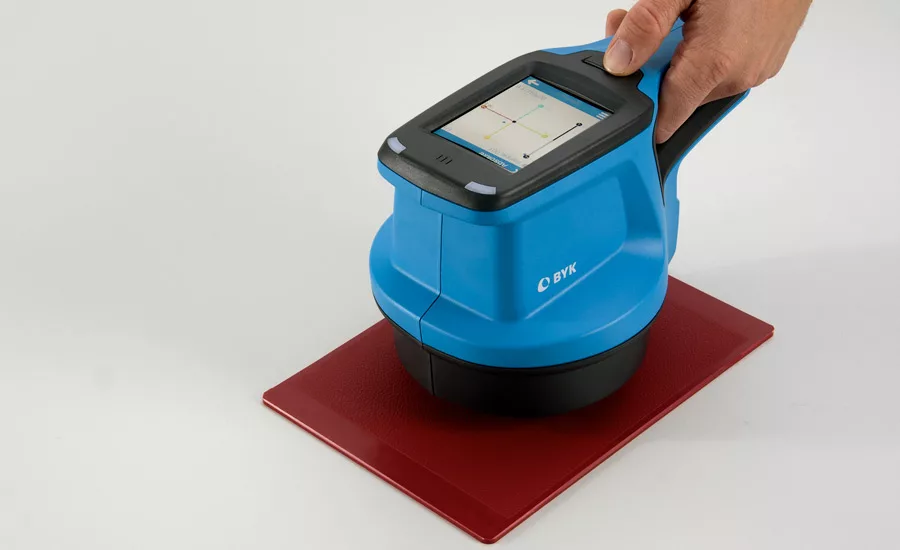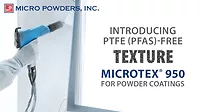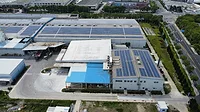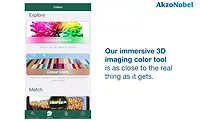AkzoNobel and BYK-Gardner Digitize Surface Texture for Powder Coatings

AMSTERDAM — Customers have been benefiting from AkzoNobel’s expert digitization of color for decades. Now the company is entering new territory with the help of pioneering technology developed by BYK-Gardner, which can digitally measure and control the textured surfaces of powder coatings.
Launched in April, the spectro2profiler represents a major step forward for the industry because currently, the only way to check the quality of a textured powder-coating surface is to carry out a visual inspection. The new tool – which can measure color and gloss, and analyze the 3D topography of the surface texture – is being hailed as a game-changer.
“We’re excited to have achieved an innovation milestone,” said Pim Koeckhoven, Technology Director for Color at AkzoNobel. “Being able to objectively evaluate the structural quality of a powder coating – in a consistent, precise and standardized way – using a dedicated digital tool will be a huge step forward.”
Jean-Paul Moonen, Architectural Segment Manager for AkzoNobel’s Powder Coatings business, added, “Texture is an extremely important feature of powder coatings, and the trend towards textured surfaces is getting stronger all the time, especially in the architectural segment, where both coarse and fine textures are used. As the world’s leading supplier of powder coatings, having this tool available will be a major asset to both ourselves and our customers.”
Having previously collaborated on a digital device for AkzoNobel’s Vehicle Refinishes business, the two companies began working on the new spectro2profiler. The aim was to take what they had already learned for leather-like surfaces and use it to explore the possibilities of digitizing the surface texture of powder coatings.
“We started researching prototypes two years ago,” said Koeckhoven. “Combining our knowledge with BYK-Gardner has enabled us to obtain objective quality control based on highly accurate measurements, which just can’t be achieved with the naked eye. We are currently testing and optimizing this in our manufacturing facilities. It’s hugely exciting and we expect that in the near future, this digitization method will also be able to support our formulation activities.”
Looking for a reprint of this article?
From high-res PDFs to custom plaques, order your copy today!








